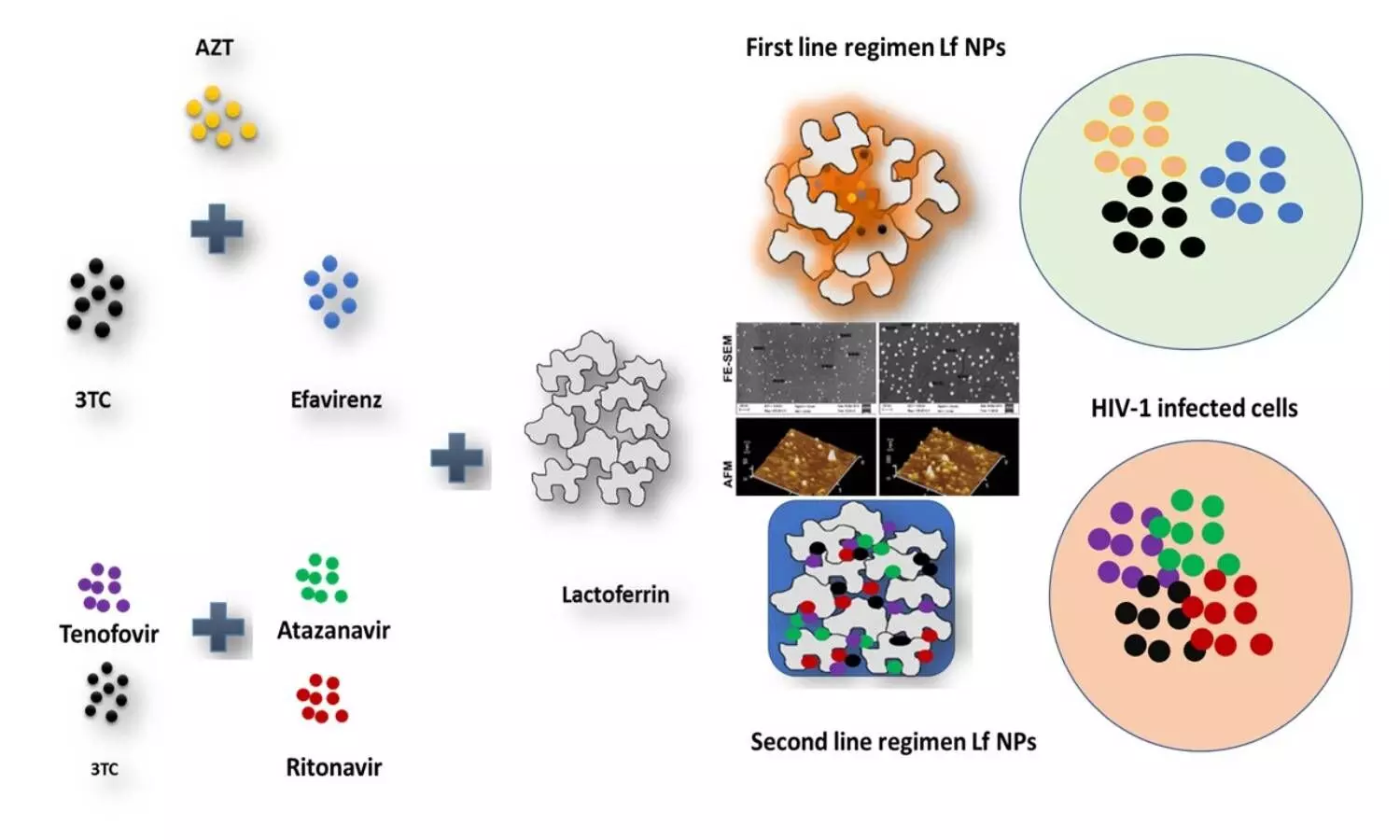UoH granted patent for HIV drug combination efficacy enhancers
The patented technology produces lactoferrin nanoparticles encapsulated in a combination of drugs in first line or second line therapy as a single drug product in an oral capsule for the treatment of HIV-1.
By Newsmeter Network
Hyderabad: The University of Hyderabad (UoH) has been granted a patent for HIV drug combination efficacy enhancers. The patented technology produces lactoferrin nanoparticles encapsulated in a combination of drugs in first line or second line therapy as a single drug product in an oral capsule for the treatment of HIV-1.
The "high active antiretroviral combination drugs loaded lactoferrin nanoparticles for first line and second line therapy" has been developed in the department of biotechnology and bioinformatics' laboratory for molecular therapeutics under the supervision of Prof. Anand K. Kondapi for targeted delivery of a combination of antiretroviral drugs to HIV-1 infected cells.
Lactoferrin enables the carrying of drug cargo through the lactoferrin receptor overexpressed HIV-1 infected cells. Due to cooperative loading of the drug combination in the drug product, the drugs are co-delivered in HIV-infected cells thus affecting the virus replication by simultaneously acting at the intended targets. Thus, the formulation enhances the efficacy of the drug combination along with enhanced bioavailability and reduced toxicity.
"Human Immunodeficiency Virus infection (HIV) type 1 infection is associated with the development of acquired immunodeficiency syndrome (AIDS). Treatment of HIV involves the use of anti-retroviral drugs in various combinations in high active antiretroviral therapy (HAART). Major limitations of the current HAART regimen are the absence of co-delivery of the drug combination to HIV infected cells and unequivocal distribution of drugs in uninfected and infected cells, which leads to low efficacy, emergence of resistance, and toxicity," explained Prof. Kondapi.